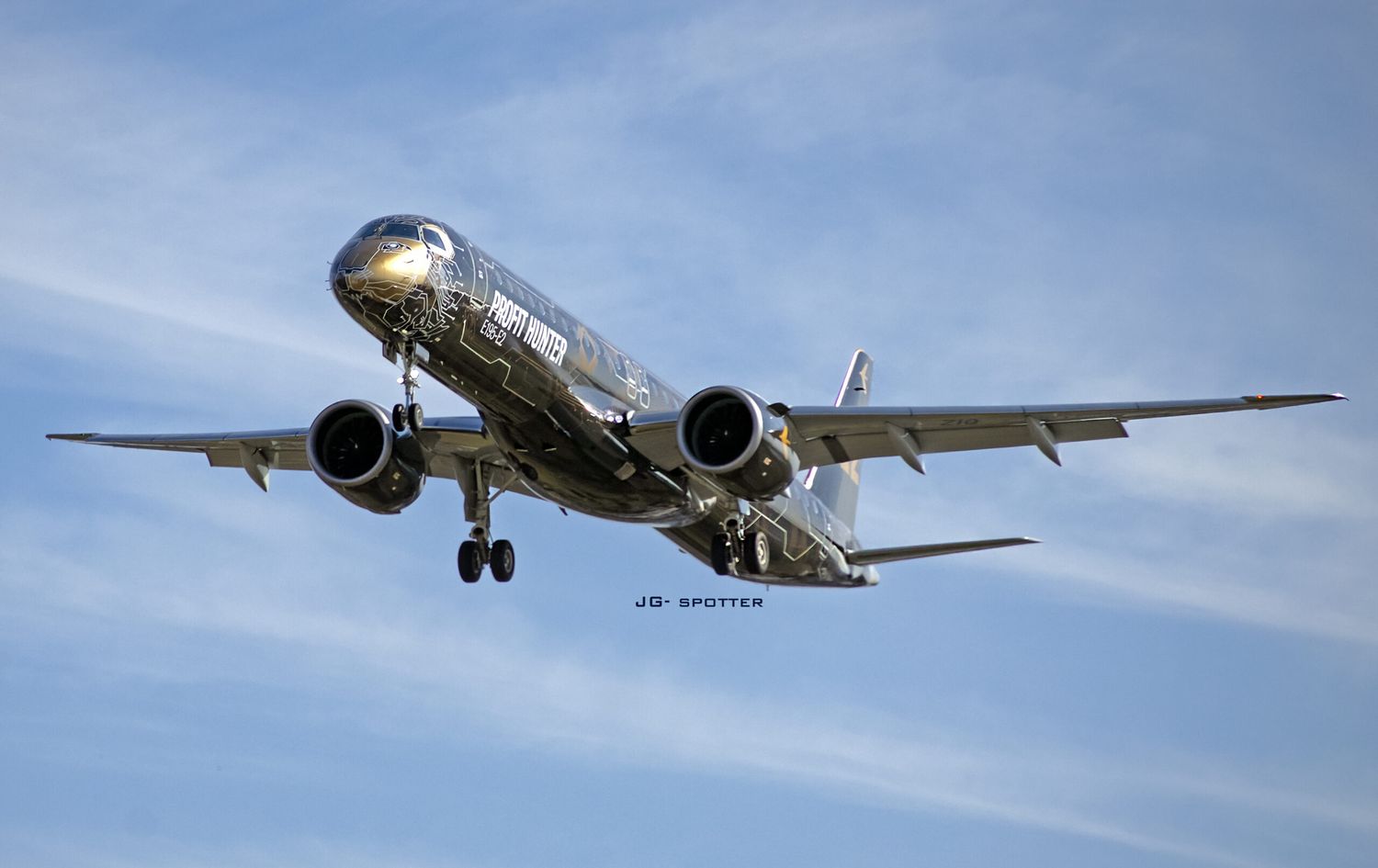Looking ahead the Boeing 717 replacement: Is the Hawaiian – Alaska deal an opportunity for Embraer?
The recent developments in the U.S. airline industry may benefit Brazilian aircraft manufacturer Embraer. Hawaiian Airlines, based in Hawaii, has entered into an agreement for Alaska Airlines to acquire the company, merging the two most westerly-based U.S. airlines with a strong regional identity.
While both airlines share commonalities, such as state pride, high passenger satisfaction, and a unique growth culture, they differ strikingly in their fleet compositions. Alaska Airlines primarily operates Boeing 737 Next Generation and MAX aircraft, while its subsidiary Horizon Air exclusively uses Embraer E175-E1 jets. In contrast, Hawaiian Airlines’ fleet consists solely of Airbus A321neo, A330-200, and Boeing 717 planes, with a substantial order for Boeing 787 Dreamliners to replace the European widebodies.
This difference in fleet choices presents a potential opportunity for Embraer. Hawaiian Airlines’ Boeing 717 jets, which are used exclusively for inter-island routes and average over 20 years of age, face more stress from frequent pressurization and depressurization due to short flights, some as brief as 21 minutes. This wear and tear could lead to an earlier retirement of these aircraft, well before the typical 30-year lifespan.
Environmental concerns, especially in isolated regions dependent on tourism, also play a role. The older engines of the Boeing 717 are less eco-friendly compared to those of the A321neo and the upcoming 787s. Hence, a replacement for the Boeing 717 is imminent, and the Embraer E195-E2 emerges as a strong contender, naturally competing with the Airbus A220.
Embraer’s advantage is further bolstered by Alaska Airlines’ significant experience with the E175 model. The airline operates 41 E175 aircraft, with more on order, and has transitioned away from Canadian CRJ-700 and Dash Q400 planes to unify its fleet around the Brazilian model.
A potential future analysis of a fleet comprising E175-E1 in the continental U.S. and E195-E2 in Hawaii could benefit Embraer, aiming for cost reduction through fleet simplification, as pilots and crew can operate both due to a single certification.
Alaska Airlines proudly proclaims itself a «100% Boeing company,» partly due to its proximity to Boeing’s Washington headquarters, despite its name suggesting an Alaskan base. This preference was evident when Alaska Airlines returned the newly acquired A321neo from Virgin America, despite the aircraft’s success and Hawaiian Airlines’ use of it for opening new routes to the West Coast, Alaska’s main area of operation.
Boeing’s alternative, the 737-7, is considerably larger than the Boeing 717 and has higher operating costs. This factor becomes relevant with Southwest Airlines entering the inter-island jet flight market in Hawaii using the larger 737-8, which also services continental routes, allowing fleet rotation.
The competition for replacing Hawaiian Airlines’ Boeing 717 is not officially underway but future would look bright for Embraer. Success in this deal could solidify Embraer’s footprint in the world’s largest market, with its aircraft potentially flying commercially in Hawaii, one of only two U.S. states (alongside Delaware) currently not served by the manufacturer.


Comentarios
Para comentar, debés estar registrado
Por favor, iniciá sesión